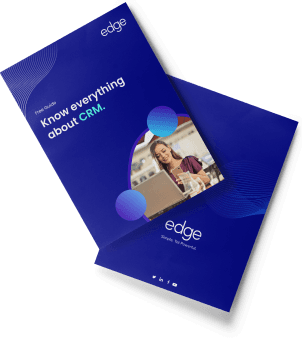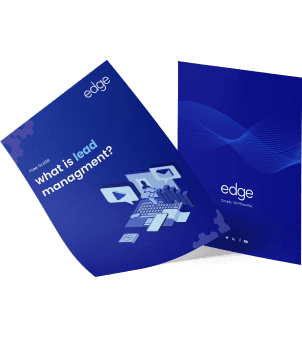Forecasting sales allows organizations to determine profitability in the future and make better business decisions. There are a lot of sales forecasting methods that can be implied by businesses in order to put an end to all the risk factors and assign resources in an inefficient manner so that it can help in improving revenues. Understanding the different sales forecasting methods is quite important as it helps in opting for the right one for your organization.
So, we are here with this article that will help you learn about sales forecasting and its methods. Let's get started!
What Is Meant By Sales Forecasting?
In simple words, sales forecasting is a procedure that involves the prediction of the number of sales in the future over a time period. Some organizations prefer to do sales forecasting every financial quarter, while others choose to forecast sales every month or year. Sales forecasting also helps the managers teach present sales performance and make modifications if needed.
Companies can use this information based on present sales with economic trends and new developments in the industry to make precise sales forecasts. Businesses that are new to the industry do not have significant historical data and usually rely on focused market research and competitor audit reports to produce forecasts. Generally, sales forecasting is beneficial for sales teams, sales reps, and some other departments in the organization.
Download The Latest Guide https://www.edgecrm.app/guides/what-is-lead-management
8 Sales Forecasting Methods
When it comes to sales forecasting methods, there are a lot! We know that it must be confusing for you to choose the right one for your business! But, the sales forecasting method that you choose solely depends on the data available to you and your objective, i.e., what you want to predict & measure.
Here are the top-right sales forecasting methods you must read about so you can decide on one!
1) Length Of Sales Cycle Forecasting
When it comes to this sales forecasting method, it helps in discerning when prospects are plausible to close a deal. This tells that it gauges how much time leads generally take to convert into paying clients. Various companies select the length of the sales cycle forecasting technique because of its purpose, and it is not dependent on subjective aspects, for example, a sales representative's opinion. Moreover, this particular method also enables you to distinguish between conversion rate times for varied sales cycles. This approves of sales teams to take advantage of the most efficient sales methods
2) Lead-driven Forecasting
Speaking of lead-driven forecasting, it depends on the input from the sales team members to allocate value to each & every lead source on the basis of the probability of victorious closing. Sales team members land on these forecasts based on what identical leads have been done in the past. The sales team members can also examine the conversion rates, and average sales cost established on the lead source. Appointing a value to your lead sources means that you can determine the ones that can convert into revenue-generating customers and increase your sales.
You must also remember to highlight any changes you make to your lead generation strategy with present trends. Hence, this ensures that you allocate precise values and consider all the points that come up with lead quality. This sales forecasting method is most applicable for organizations with adequate historical sales information and wants to utilize it to evaluate the significance of short-term leads. Plus, sales managers can utilize it to make certain changes in sales processes or marketing strategies to enhance outcomes.
Further Reading - https://www.edgecrm.app/customer-stories/speciality-chemical-manufacturing-giant-kick-starts-digital-transformation-with-edge-crm
3) Historical Forecasting
The third one on the list is historical forecasting; this includes using data on earlier sales in a certain time period to anticipate whether future sales will be equal or more than before. You can use it to specify whether sales differ monthly or in every financial quarter. This method allows you to assume sales growth instead of evaluating lead quality, modifying sales procedures, or conducting market research.
As this method depends on past trends, it might not be that beneficial for newly launched products & services. Typically, sales managers utilize this forecasting method as a norm for their sales forecasts. Ultimately, businesses can utilize it in convergence with different sales forecasting methods.
4) Test-market Analysis Forecasting
There are several businesses that consider this test-marketing analysis to be one of the most reliable sales forecasting techniques. It encompasses introducing a product or a service to a specific target region completely based on the market segregation of your business. This way, organizations can have an overview of how the products or services sell and examine the customers' responses to the product.
Now, this data enables businesses to specify if commercializing the product on a large scale is suitable. This sales forecasting method is favorable for large organizations that can design a product and start out with a soft introduction without causing any harm to their finances. The test-marketing analysis method's success totally depends on how rightly businesses choose a demographic that illustrates their all-in-all market.
5) Pipeline Forecasting
The fifth sales forecasting method is — Pipeline Forecasting. This particular method helps you ascertain the current sales opportunities and evaluate the closing possibility of each & every opportunity in the sales pipeline at any phase. It ensures that businesses have a precise estimation of all the possible sales opportunities in their pipeline and take advantage of those present at the end of the sales funnel. This sales forecasting method can also be utilized to do modifications to your pipeline and eliminate sales processes that are no longer necessary.
Watch Now - https://www.youtube.com/watch?v=547jzVBEMJA
6) Intuitive Forecasting
Intuitive forecasting ultimately depends on the analysis of your sales reps. At first, sales team members must be asked how confident they feel about a sale turning into a closed deal. Particularly, you must concentrate on your sales team members who have indulged in proper conversation with prospects, as they might better understand consumer behaviors and sales procedures. This data helps predict the conversation rate over a given period and is way too beneficial for organizations that do not have adequate historical data.
7. Multi-Variable Sales Forecasting
In this method, it integrates various forecasting techniques. This says that it offers a more extensive sales analysis than most of the techniques and is more precise. Multivariable sales forecasting takes care of your market share, sales pipeline, historical sales data, past performances of sales reps, and seasonality of sales. The main objective of this sales forecasting technique is to guide you in making informed decisions regarding changes in sales processes and marketing strategies. This technique is largely valuable for businesses that want to define their growth rate or foresee yearly sales.
Download Email Marketing Guide | https://www.edgecrm.app/guides/email-marketing
Summing It Up
So, in conclusion, we would just like to say that sales forecasting is extremely important for the success of any organization. It provides a detailed view of how much revenue the business will generate, and to be honest, forecasting revenue has become one of the most challenging tasks with messed-up timelines & growth strategies. When it comes to sales assumptions, they are essential in planning and have an effect on the business. Prediction of revenue is not easy at all, but it is crucial to make strategic
choices for predictable revenue in the future!













